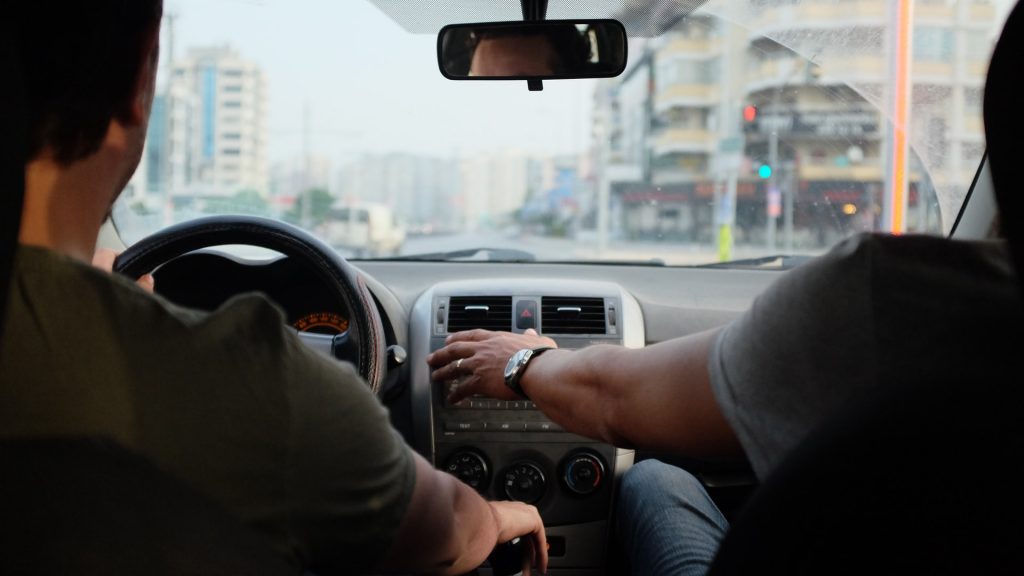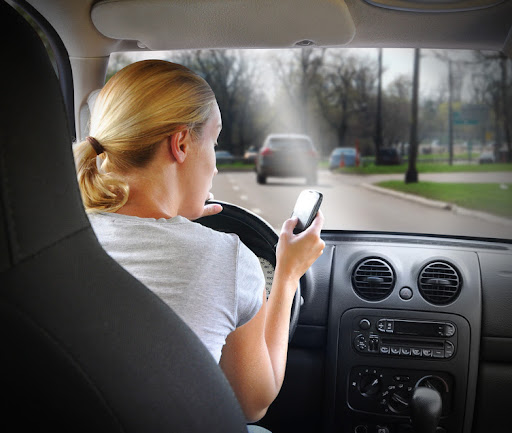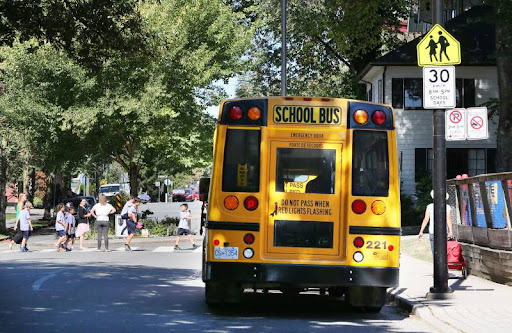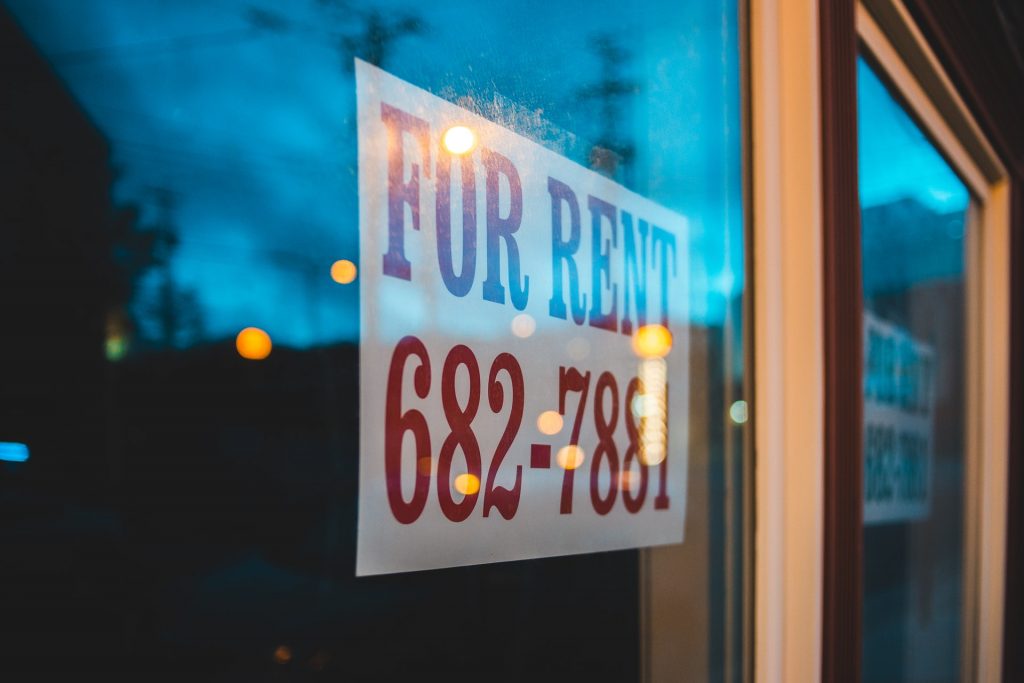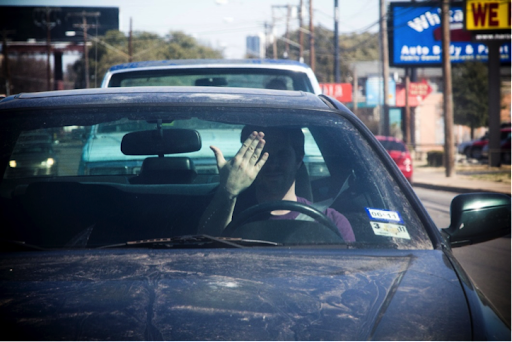Back to School Driving Safety Tips
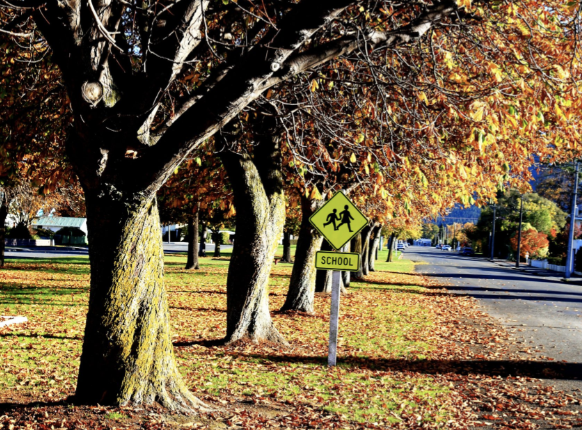
Children can be unpredictable by nature – and that increases tenfold when they’re scurrying around in a school zone. It almost seems as they will run with blinders on, hustling off to meet their friends before the school bell goes. And with that kind of unpredictability roaming all over – the onus is on the drivers to be mindful and extra careful while driving in a school zone. According to Canada’s Safety Council, September to November tend to be the worst months for young pedestrians.
Consider these nine tips as a refresher course in school zone driving safety.
“We owe it to the young people in our communities to review and respect the rules around school zones. As the summer break come to a close, remember that extra traffic on the road means increased likelihood of collisions,” says Jack Smith, president of the Canada Safety Council.
Reduce your speed
Be extra diligent in residential areas where children are present. Respect speed limits in school zones and playground zones. There’s a reason why fines increase in this area.
Stop for school buses displaying flashing red lights
Regardless if you see the flashing red lights and the extended stop arm out or not – if there is a stopped bus, you should immediately assume that children are running to and from it. In most cases, traffic in both directions must stop for school buses. Do not continue on until the flashing lights stop. In Ontario, for example, the first offence will cost you anywhere from $400 to $2,000 and six demerit points – so be extra cautious.
Never pass other vehicles
You should never pass another vehicle within a school zone or within a half block of any crosswalk. Passing vehicles in residential areas is a dangerous practice – so keep calm and watch your speed limits, you’ll get to where you’re going in the end.
Get off your cell phone!
The title says it all. Distracted driving is the new drunk driving and leading cause of road related deaths. Put down the cell phone, avoid playing with the radio and focus at your task at hand.
Avoid U-turns and three-point turns
Children can have a difficult time predicting these types of vehicle manoeuvers. And making a drastic turn in the opposite direction can change your surroundings quickly. Wait until you are safely away from the school zone and the traffic is light to make this change in direction.
Obey crossing guards
Respect the duties of a crossing guard and allow them to do their jobs properly. This means letting them direct traffic and giving them enough time to safely let children cross the street.
Always shoulder check and check your mirrors
Cyclists and pedestrians could come out of nowhere in residential neighbourhoods. While driving and while exiting your vehicle, check your blind spots and all of your mirrors so you have a full 360-degree view to what’s coming your way.
Drop off your kids away from traffic
To help avoid vehicle congestion in the immediate vicinity of the school, consider dropping them off a block away and walking to the cross walk. As long as there is a safe path there, it would be a worthwhile plan.
Report unsafe driving
Road safety is everyone’s responsibility, so remember to report any reckless or dangerous driving by pulling over as soon as it is safe to do so, and report the incident to police by calling 911.
Anyone who has been involved in a car accident knows that the effects can be far reaching – and the losses you experience, both physically and financially, can last for years. Contact the personal injury lawyers at Harris Law at 519-725-8000 for a free, one hour consultation to get you the compensation you deserve; we’ll even conduct our own investigation to determine who is at fault.





